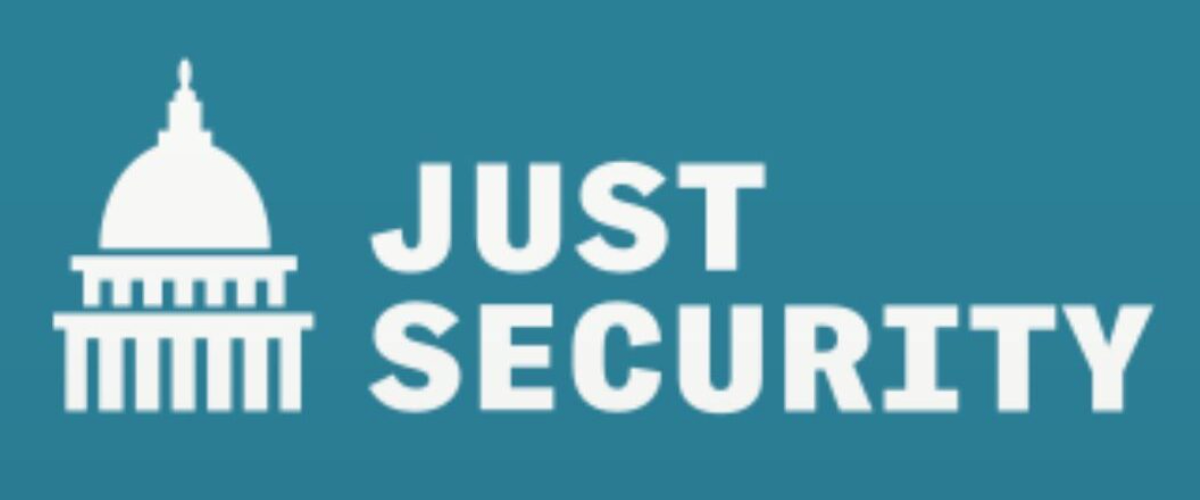
As U.S. forces and Iranian-backed militias clash in the Middle East, there is a growing risk that another dangerous flash point could ignite conflict between Tehran and Washington: Iran’s advancing nuclear program. Iran is already on the threshold of nuclear weapons six years on from U.S. withdrawal from the multilateral arrangement that had, to that point, successfully contained its nuclear program.
Escalating regional tensions could push Tehran to determine it needs a nuclear deterrent for security or the United States to miscalculate Iran’s intentions and prematurely use military force against the country’s nuclear facilities. These risks are amplified by Iran’s decision to reduce the International Atomic Energy Agency (IAEA)’s access to the country’s nuclear facilities and its failure to provide the agency with information regarding new nuclear sites. As IAEA Director General Rafael Mariano Grossi recently warned, Iran’s failure to be “entirely transparent” about its nuclear activities “increases dangers.”
As the Biden administration responds to attacks by Iranian proxies, it should simultaneously incentivize and pressure Tehran to enhance transparency on its nuclear program. Increased monitoring provides greater assurance that any dash to nuclear weapons would be quickly detected and reduces the likelihood of the United States or Israel misjudging Iran’s nuclear activities, a move that could have devastating ripple effects.
Read the full op-ed, published February 29, 2024, in Just Security.
